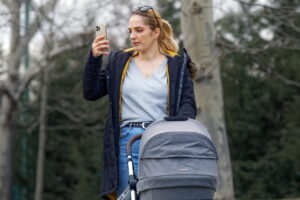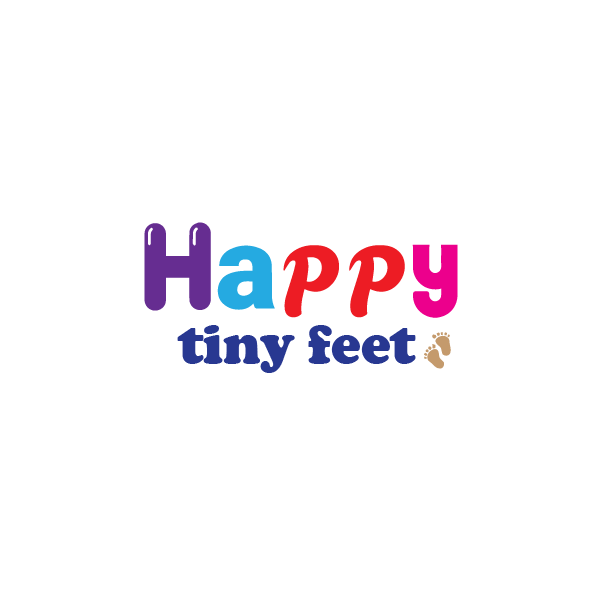When I became a parent, I figured picking out a stroller would be easy. You just grab one that looks cute, right? Turns out, it’s a whole thing. But once I started researching how to choose a baby stroller, I realized it’s not as easy as it looks. Suddenly, I’m knee-deep in research, drowning in options—travel systems, jogging strollers, lightweight ones, double strollers for twins. Every brand swears theirs is the best for newborns, but honestly, I had no clue what would really work for my baby or my day-to-day life.
I still remember standing in the store, staring down a whole aisle of shiny strollers. My brain was buzzing—safety features, adjustable seats, storage space—stuff I’d never even thought about before. That’s when it hit me: picking a stroller isn’t just about looks or price. It’s about comfort, safety, and making life easier—not just for your kid, but for you, too.
So, in this guide, I’ll walk you through how to pick the right stroller, break down the different types, and give you some straightforward steps so you don’t waste time or money on the wrong one.
Choosing the right stroller is important. It ensures your baby’s safety. Parents should also consider storage space
Think about your daily routine first—city walks, shopping trips, travel, or jogging. The right stroller should fit your lifestyle.
Why Choosing the Right Stroller Matters
A stroller does more than just get your baby from point A to B. It matters for a few big reasons:
- your Baby’s safety and comfort — A solid harness, good recline, and a decent canopy keep your little one safe and comfy.
- Your own convenience — Things like being able to fold it with one hand, a big storage basket, or an adjustable handle make all the difference on busy days.
- Long-term use — A tough, reliable stroller can stick with your family from newborn stage to toddler years—and maybe even for the next kid.
The wrong stroller? That’s just a headache. Too heavy, too bulky, not safe enough. But the right one? Outings are easy and way less stressful.
Think about your routine first. Are you taking city walks, grocery runs, traveling, or going for jogs? Your stroller should fit your life—not the other way around.
Types of Strollers and what makes each one
different
1. Full-Size Stroller
Best for everyday use from birth through toddlerhood. These have roomy seats, big baskets, and tough wheels. Downside: they’re usually heavy and take up a lot of space.
2. Lightweight Stroller (Umbrella Stroller)
Perfect for travel, quick trips, or hopping on public transport. Super easy to carry and folds up fast, but you lose out on cushioning and features.
3.Travel Stroller
Great if you want something compact without giving up comfort. One-hand fold, decent recline, and pretty smooth. The trade-off? Smaller basket and not built for rough terrain.
4. Jogging Stroller
If you’re an active parent who wants to run or move fast, this is your stroller. Big wheels, suspension, hand brakes. Just keep in mind—they’re heavy and not exactly compact.
5. Convertible / Double Stroller
Best for families with twins or if you’re planning for another baby. Multiple seating options and built to last, but they’re expensive and take up a lot of room.
6. Travel System (Stroller + Car Seat Combo)
Awesome for parents who drive a lot. You can move the car seat straight to the stroller without waking your baby, and they’re often more affordable in bundles. But they’re heavy and not the easiest to store.
Quick comparison at a glance:
| Stroller Type | Weight | Storage | Best For (Terrain/Use) |
| Lightweight Stroller | Very light | Limited | Quick trips, city use |
| Jogging Stroller | Medium | Moderate | Rough roads, active parents |
| Travel System | Heavy | Large | Newborns, all-in-one solution |
| Double Stroller | Heavy | Large | Twins or siblings |
| Umbrella Stroller | Very light | Minimal | Travel, easy storage |
There’s a stroller out there that’s just right for you—so pick wisely and enjoy every walk with your little one.
What to look for Before Buy
1. Safety Features
A five-point harness, strong brakes, lockable swivel wheels, solid frame, and good suspension. These matter. You want peace of mind, whether you’re crossing busy streets or rolling over bumpy sidewalks.
2. Weight & Foldability
Light strollers make travel a breeze. One-hand fold? Total lifesaver when you’re juggling a baby and bags. And make sure it fits in your car trunk or elevator.
3. Baby’s Comfort
Look for multi-recline positions, a padded seat, a big canopy for sun or rain, and some ventilation for hot days.
4. Parent’s Comfort
Adjustable handlebars, easy steering, a big storage basket, and fabrics you can actually clean without a hassle.

5. Durability & Warranty
A good stroller should last at least three or four years. Choose brands that offer replacement parts and decent service.
Top Strollers for 2025
UPPAbaby Vista V3
Why you’ll love it: Tons of seating options, a huge basket, and a super smooth ride.
Heads up: It’s pricey and kind of bulky, but it’s perfect if you’re planning more than one kid.
Mockingbird Single-to-Double
Why it stands out: It’s an affordable convertible with an adjustable handle—great for growing families.
Joolz Aer+
What’s great: Super compact, really light, easy to take anywhere.
What’s not: Tiny basket, and it’s definitely on the pricey side. Who it’s for: Frequent flyers or anyone living in the city.
UPPAbaby Cruz V2
What’s great: Handles like a dream, has a nice balance of features.
What’s not: Smaller than the Vista, so less storage space.
Who it’s for: Pretty much the sweet spot for most parents—a practical pick for everyday use.
Step-by-Step Guide — How to Choose a Baby Stroller
Figure out your lifestyle first—do you live in the city, travel a lot, go jogging, or have more than one kid? Set your budget (leave a little wiggle room, like 10–20% extra, just in case). Narrow it down to two or three models that check your boxes. Test them out in person: Fold and unfold, push them around, check the brakes, see how much they can hold. Read reviews from real parents and trusted sources like Consumer Reports and Babylist. Once you’re sure, buy it and don’t forget to register for the warranty.
Common Mistakes people make
Picking a stroller just because it looks cute. Forgetting to check the weight—it matters way more than you think. Skipping safety features. Buying from sketchy sellers. Not thinking about whether the stroller will keep working for you as your kid grows.
FAQ-
Q1. Can I use a stroller right from birth?
Yes, as long as it reclines flat or works with a newborn bassinet or car seat.
Q2. Which is better—lightweight stroller or travel stroller?
Lightweight strollers are super portable. Travel strollers give you a nice mix of portability and extra features
Q3. How much should I spend?
Expect to spend between $150 and $1,200 depending on the type and brand.
Q4. Can I jog with any stroller?
Nope. Only use strollers built for jogging—look for suspension and big wheels.
Q5. Should I buy a travel system?
Yes, if you drive a lot and want to move your baby from the car to the stroller without any hassle.
Final Thoughts
Now you know exactly how to choose a baby stroller. Choosing a stroller gets easier once you know what you need. The right stroller fits your life, keeps your baby safe, and just makes everything smoother. Take your time, try some out, and pick one that’ll last as your child grows. The right choice means every walk or trip can be a little less stressful—and a lot more fun.
